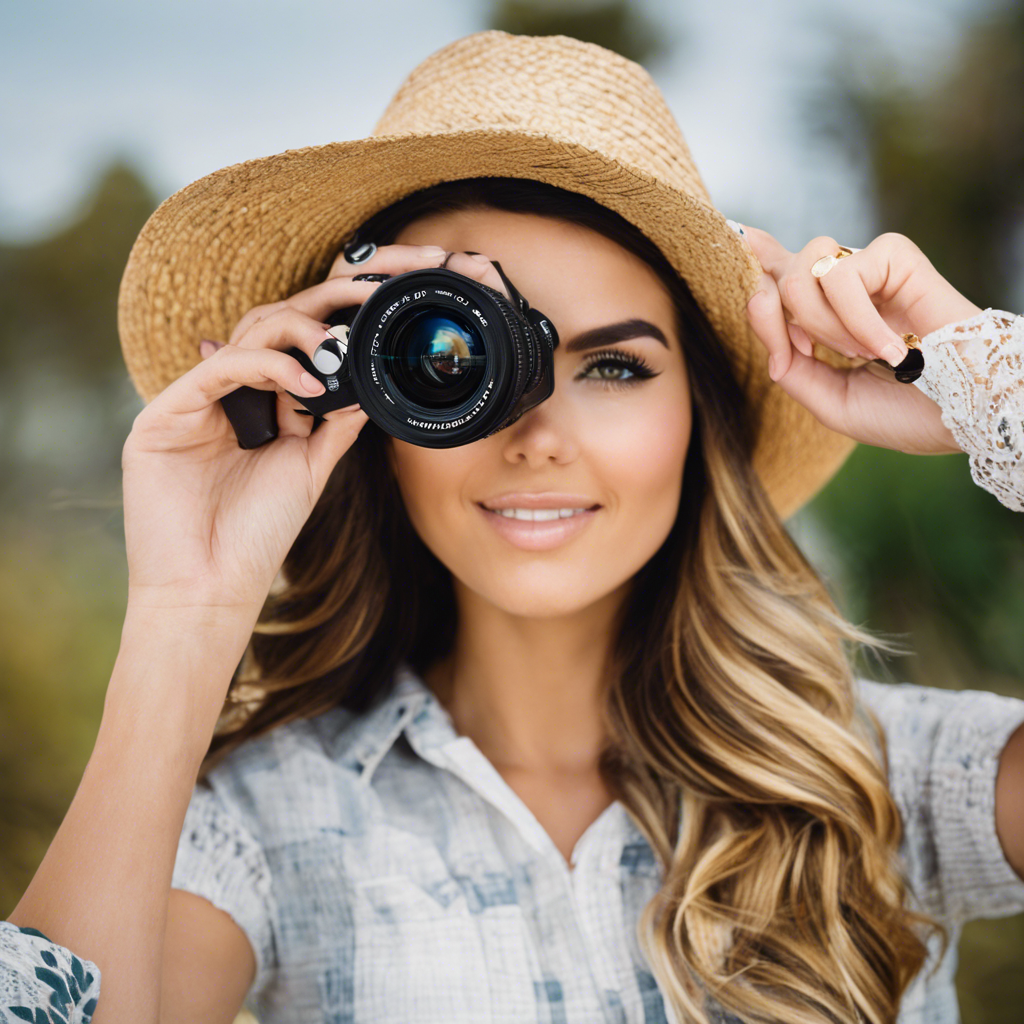Paragraph 1:
There’s no doubt that a photographer’s tool can significantly impact the final image. While post-processing can enhance a photo, it’s the lens that truly captures the magic. For enthusiasts and professionals wanting to elevate their craft, investing in quality lenses is a must. It’s time to master the art of photography and take your images to the next level! Whether you’re a portrait photographer, a landscape adventurer, or a street photography enthusiast, the right lens will make all the difference. This guide will help you choose the perfect lens to elevate your skills and create stunning visuals that will captivate your audience.
Paragraph 2:
Let’s begin with the versatile 50mm prime lens, often referred to as the “nifty fifty.” This lens is a favorite among many photographers due to its fast aperture, usually ranging from f/1.4 to f/1.8, which provides exceptional low-light performance and stunning bokeh—the aesthetically pleasing blur effect in out-of-focus areas. The 50mm focal length on full-frame cameras offers a natural perspective similar to human vision, making it perfect for a wide range of scenarios, from street and travel photography to stunning portraits with creamy background blur.
Paragraph 3:
For those who love capturing the vast expanses of landscapes or the intricate details of architecture, a wide-angle lens is a must-have. These lenses, typically in the 14mm to 35mm range, offer a broader field of view, allowing you to capture more of the scene in front of you. With a wide-angle lens, you can emphasize the sense of space and create images that showcase the grandness of your subject. They are also excellent for astrophotography, as they capture more of the night sky, and for real estate photography, as they can showcase entire rooms or buildings in a single shot.
Paragraph 4:
On the opposite end of the spectrum, we have telephoto lenses, which are ideal for sports, wildlife, and portrait photographers. These lenses, with focal lengths starting from 70mm and going up to 400mm or more, provide a narrow field of view, bringing distant subjects closer and offering a compressed perspective that creates a sense of depth and scale in your images. Telephoto lenses also excel at compressing the background, creating pleasing background blur, and isolating your subject, making them highly valued for portraiture as well.
Paragraph 5:
For the photographers who love to get up close and personal with their subjects, a macro lens is the perfect choice. Macro lenses allow you to focus extremely closely, revealing intricate details that the human eye might miss. With reproduction ratios of 1:1 or greater, these lenses can capture life-size or larger-than-life images of small subjects, making them ideal for photographing insects, flowers, water droplets, and other tiny objects that would otherwise go unnoticed.
Paragraph 6:
Don’t forget the specialty lenses that can truly make your work stand out! One such lens is the tilt-shift lens, which allows you to control the plane of focus and perspective in your images. These lenses are perfect for architecture and product photography, as they let you correct converging lines and ensure that your subject is entirely in focus, even when shooting from unique angles. Another specialty lens is the fisheye, which provides an ultra-wide field of view and a distinctive curved appearance to your photos, making them ideal for creative compositions and unique perspectives.
Paragraph 7:
When choosing a lens, it’s important to consider the maximum aperture, which affects your low-light capabilities and depth of field. Faster lenses with wider apertures, such as f/1.4 or f/2.8, excel in low-light conditions and provide more control over background blur. Meanwhile, lenses with smaller apertures, such as f/4 or f/5.6, tend to be more compact and affordable but might struggle in low-light situations and offer less background blur.
Paragraph 8:
Lastly, don’t be afraid to experiment with different lenses and find your unique style. Renting lenses can be a great way to try out different options without committing to a purchase. The key is to understand the strengths of each lens and use them to complement your artistic vision. With the right tools and a keen eye for composition, you’ll be well on your way to becoming a photography master! Happy shooting!
